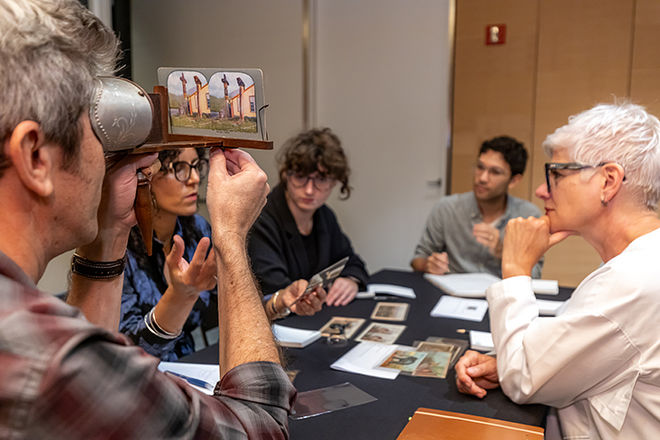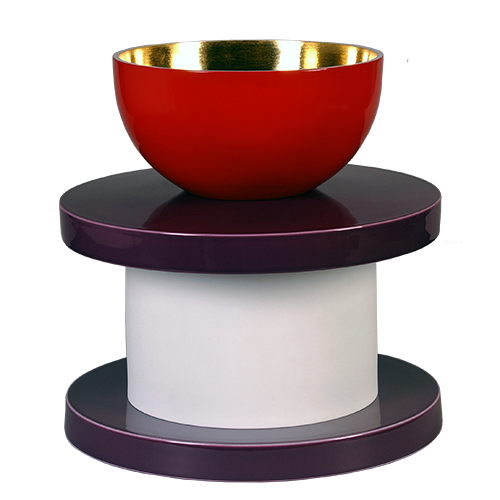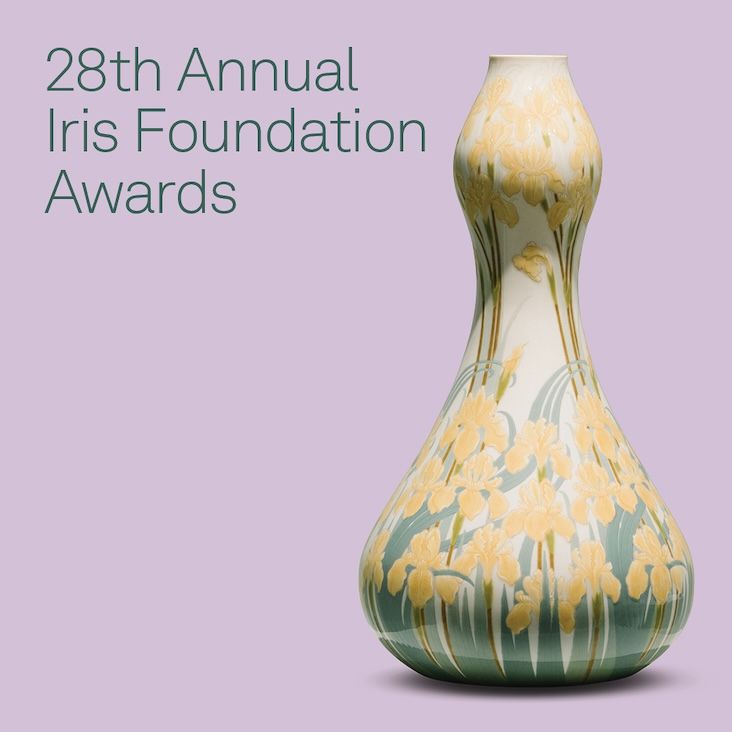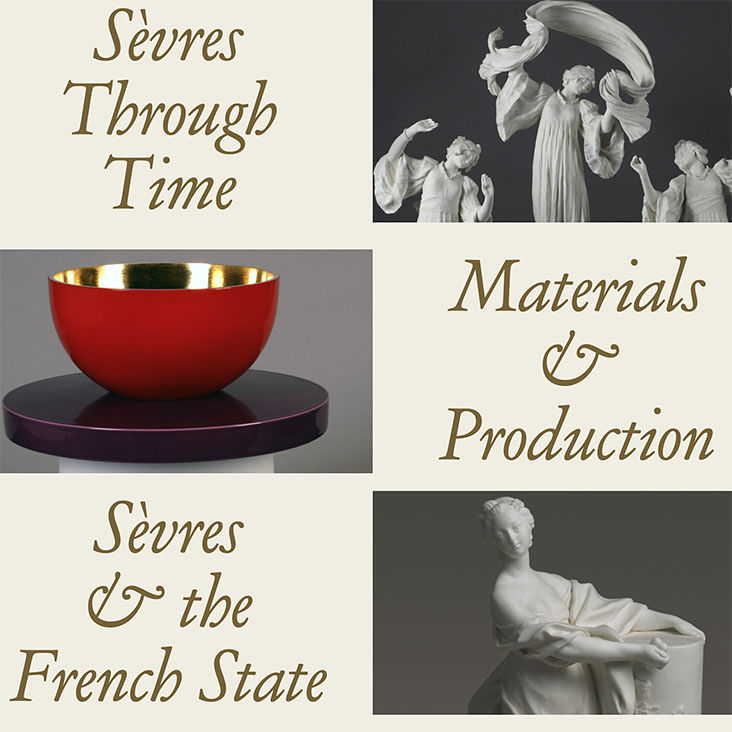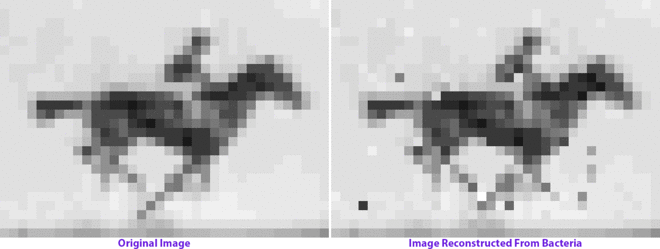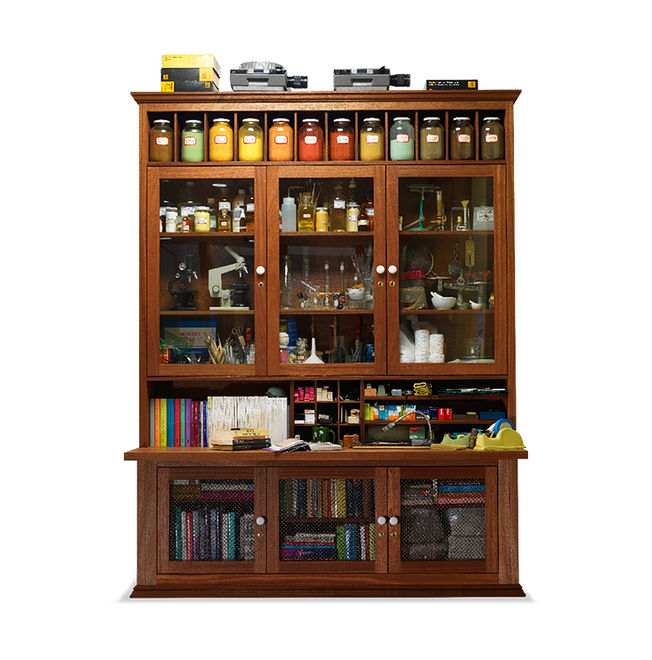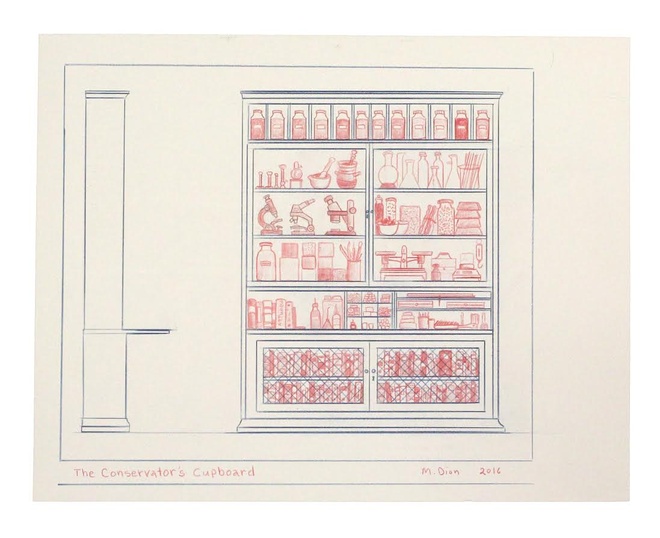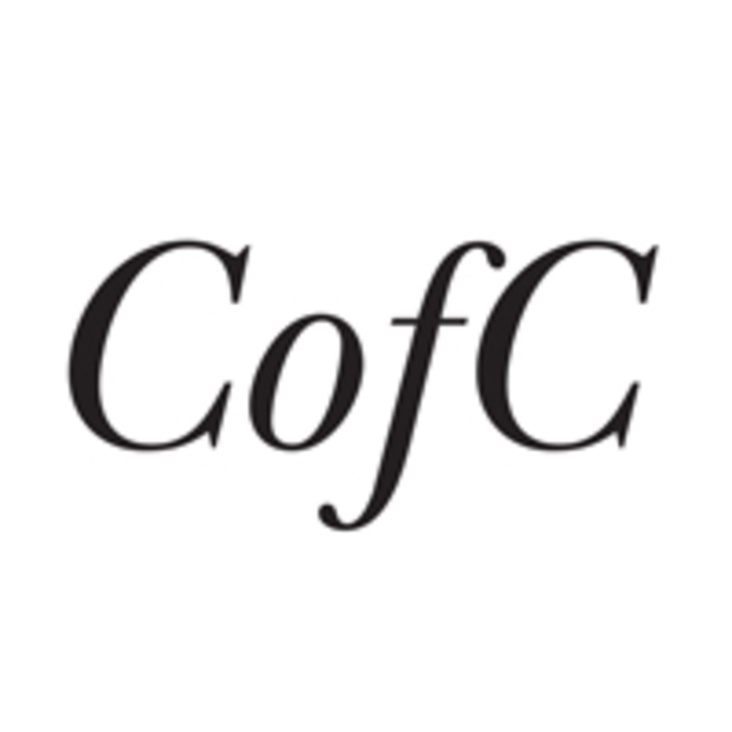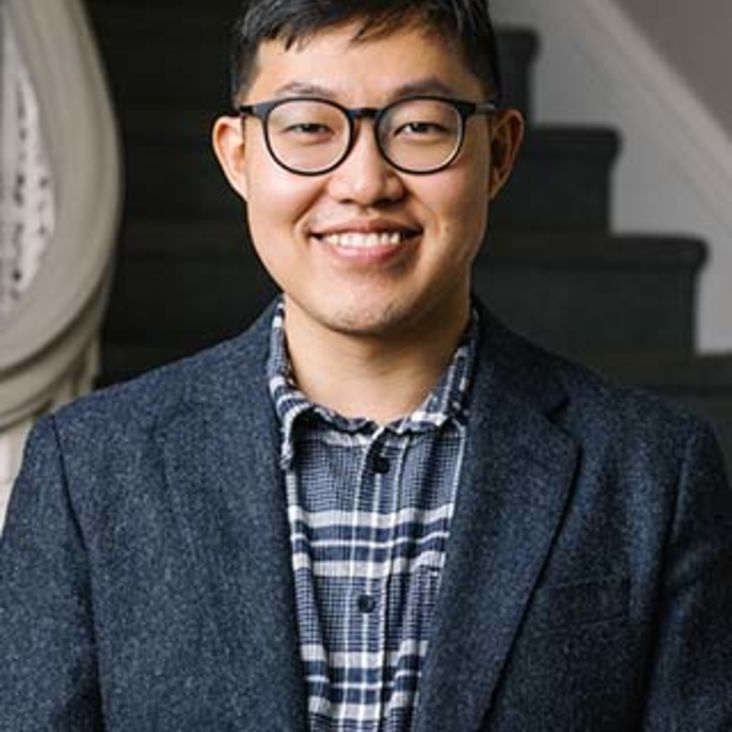740. In Focus: Native Arts of the Northwest Coast—Ethnography, Museums, and ConservationThis seminar surveys the Indigenous arts of the Northwest Coast of North America from historical and contemporary perspectives. We will look at a full range of media and object types—quotidian, ceremonial, and commercial—within changing socio-cultural, disciplinary, and aesthetic contexts: colonialism as a factor in artistic transformation; the indigenization of foreign materials, motifs, and ideas, as well as the adaptation of Native forms to commercial markets; the rise of anthropology and the history of museum collection, exhibition, and conservation; cross-cultural theories of the object and changing paradigms of “preservation”; and the complex relationship of contemporary art with its material precursors. Our goal will be to understand Indigenous objects within local histories of cultural production and use, as well as global histories of reception and recontextualization. Students will participate in the early development of a Focus exhibition on Franz Boas’s foundational ethnography and collecting in the region, and course work will include design of digital interactives for the gallery. Opportunities for close object study and original research in the American Museum of Natural History will be provided. 3 Credits.
883. Damage, Decay, ConservationFew human-made things last in their original form. Things change. Some are inherently unstable, whether physically or chemically. Some are purposefully modified. Some are damaged by human action, either accidental or intentional. This seminar focuses on issues arising from human intervention in changed artifacts from many societies and time periods. We shall investigate Western conservation practice in various contexts, including museums, the art trade, and sacred sites. How do changes to tangible things occur, and what are those changes? What forms of examination facilitate intervention? What are criteria for intervention? Whose values affect the definition of these criteria? Whose values might be in conflict with those that promote intervention? What agendas (such as nationalism, tourism promotion, reconstruction after armed conflict) affect conservation and restoration decisions? How responsive are conservation institutions to theoretical and ethical concerns? We shall pursue these puzzles through theoretical texts, case studies, and visits to conservation laboratories. 3 credits.
886. Exploring the Frick’s Collection of Decorative Arts: Perspectives of Art Historians, Curator, and ConservatorsThis course is an in-depth study of the outstanding collection of decorative art at The Frick Collection, which includes French and Italian Renaissance furniture, sixteenth-century Limoges enamels, eighteenth-century French furniture, Asian and European ceramics, watches and clocks. Held at The Frick Collection, the course will offer a unique opportunity for the students to examine closely works of art and engage in a dialogue with curator Charlotte Vignon and conservators Joe Godla and Julia Day on questions of attribution, authenticity, technique, conservation and restoration. New interpretations and scholarships will also be discussed as well as the issue of museum display. 3 credits.
895. Cultures of Conservation: From Objects to Subjects – On Sites, Rites, and ParadigmsWhat is conservation? Simplistic as it may seem, this question has many possible answers. From the contemporary perspective, conservation no longer aims simply to prolong its objects’ material lives into the future. Today, conservation is seen as an engagement with materiality, rather than material—that is, with the many specific factors determining how objects’ identity and meaning are entangled with the aspects of time, the environment, ruling values, politics, economy, conventions, and culture. Accordingly, this course explores diverse cultures of conservation derived from anthropological-humanistic, aesthetic, and scientific approaches. Centered around the conservation of a variety of artworks and artifacts, our discussion will examine the challenges of traditional and contemporary materials and the so called ‘new’ and technology-based media. We will explore the conservation cultures of multiple institutions and stakeholders, and examine the historical conditions that have shaped conservation discourse and theory, especially as reflected in the split between scientific and humanistic cultures and the move from objects to subjects. 3 credits.
897. “Cultural Conservation”: Preserving Place and PracticeThe term “conservation” is often associated with art objects, historic buildings and sites, or ecological resources such as water. But what about “cultural conservation?” The field of folkloristics—the study of creative expression in everyday life—has both embraced and contested the concept of “cultural conservation.” Recognizing and supporting vernacular creative practices, folklorists investigate the relationships between individuals and their material and social environments in order to understand how and why cultural forms are created, adapted, maintained, or abandoned. In this course, we will consider local, state, national, and international efforts to identify and sustain community-embedded forms of creative expression and cultural practice. We will examine the goals and implications of “cultural conservation” in three contexts: the built environment (buildings, sites, religious/ritual architecture, urban landscapes), the natural environment (ecosystems, agricultural and rural landscapes), and the cultural environment (museums, rituals, festivals). Site visits will be a core element of the course and will include extended work at The Lower East Side Tenement Museum, where we will examine the Museum’s curatorial and conservation practices, as well as at public folklore/folklife projects throughout New York City, including City Lore, the Eldridge Street Synagogue, and the folk arts programs of the Brooklyn and Staten Island Arts Councils. In each case, will examine how folklorists, cultural activists, and community members are working to address issues of social inequality and cultural empowerment in their neighborhoods through interaction with their physical environments; and how different parties understand and apply such concepts as “heritage,” “tradition,” “preservation,” and “community” in the “conservation of culture.” Over the course of the semester, students will develop a final paper or project about place-based practices of preservation. They will present their research to the class as it develops, and are encouraged to incorporate ethnographic or multimedia elements (virtual exhibitions, podcasts) into their work. 3 credits.
901. In Focus: Beyond the Object Principle: Object - Event - Performance - ProcessThe emergence of new forms of artistic expression in the 1960s and 70s has introduced new perspectives not only to museum presentation and collection practice, but also to conservation. Conservation philosophies and principles have been increasingly challenged by shifting paradigms of what once was acknowledged as the unique, singular, or authentic ‘object.’ As a result, today’s museum curators and conservators must adopt a diversified approach in order to engage seriously with new forms of cultural heritage that change our conception of the object and its relation to world, transfiguring our understanding of what and how it once was. This course will employ the prisms of art, cultural and conservation theories to focus on the challenges of conserving and presenting artworks and artifacts that may be better understood as events, performances, and processes. We will reevaluate the meaning of the ‘conservation object’ by exploring its relation to conceptions of time, archive and identity. We will go so far as to ask whether the terms of material conservation of a physical, evidential object may still be sustained in the face of the fleeting, transient and heterogeneous forms of contemporary media. So rather than asking ‘what is conservation?,’ which was subject matter of the Fall semester, we will ask what conservation was, meaning, whether, and to which degree, the term retains its validity. Are we ready to break off to the new horizons of non-material preservation of, for instance, aesthetic experience? These and other questions will be discussed through examples of works created in the context/attitude of Fluxus, Intermedia, performance, event, film, video, ephemera and foodstuff. The participants will be asked to prepare oral presentations and submit a term paper or virtual presentation. The course is conceived as a preparation for the Focus Gallery Project. 3 credits.
906. Vernacular New York: Architecture/Landscapes/TraditionThis course examines the vernacular structures and landscapes of contemporary New York as expressions of individual and shared histories, cultural values, social customs, and religious beliefs. We study the construction, adaptation, reconstruction, preservation, and destruction of built and natural environments as performances of identity, expressions of creativity, tools of communication, and modes of acceptance and resistance. From the vantage point of folklore and material culture studies, we analyze how the form and function of urban spaces and structures reflect, nurture, or disrupt the beliefs and practices of their builders and users. Case studies include the Lower East Side Tenement Museum (housed in an original New York City tenement building), community-constructed displays/museums, street altars and yard shrines, city streets as routes for religious ritual and procession, and the urban waterfront. We employ both material and ethnographic analysis to discern the intangible practices and meanings embedded in these places. Students will produce a final paper or project based on a type of vernacular architecture or landscape, and present their research to the class at various stages of its progress. Ethnographic and multimedia components are welcome. 3 credits.
917. In Focus: Revisions—Art, Materiality, and Continuity in Fluxus (1960s-70s)This course interrogates the materiality of artworks and artifacts created in the spirit of Fluxus and other avant-garde aesthetic movements of the1960s and 70s, with a special emphasis on Nam June Paik’s first Fluxfilm, Zen for Film (1962-64). Participants will engage with the planning and development of the upcoming Focus Gallery exhibition and its digital components. Among the questions asked will be how the knowledge about materiality redefines visual knowledge; how change affects what the artwork is; and how ideas of appropriation, replication and re-enactment pose alternative ways of thinking about the continuing life of artworks. We will examine the ways in which the archive (as a conceptual space and a place of consignation), document, and trace partake in the life of the artwork from an array of perspectives. We will seek to identify the conditions that affected the curatorial, presentation and conservation cultures, leading to the emergence of a multifold character of the artwork, evident in its many objects with which contemporaries chose to surround themselves were thus often charged with ethical meaning, not just symbolically through their decoration, but also dynamically, in terms of social usage. In an age of increasingly codified social behavior, when good conduct and manners were assuming importance in the expression of moral character, the artifacts of domestic living and the social rituals which developed around them, took on a new importance in the expression of personal and familial virtue. 3 credits.
947. Excavation-Conservation-DisplayThis special Mellon seminar will introduce students to the practice of archaeology, the science of archaeological conservation, and techniques of display. The course will examine the way an archaeological site is chosen and how it is dug, how the site is preserved, how artifacts are conserved after their excavation, and what the objects undergo on their way to display. The role of funding will be considered, as well as regulations imposed by source countries governing the excavation process. Case studies on the sites of Gordion and Çatalhöyük as well as the Pratt ivories from Acemhöyük in Turkey will address issues relating to methods of excavation, conservation/reconstruction, publication, and dating, as well as unexcavated objects in museums and private collections. Students will engage in individual research projects relating to major burial and city sites such as the tombs of Hetepheres, Sithathoryunet, and Tutankhamun in Egypt, the sites of Ur, Troy, Hasanlu, Nimrud, and Babylon in the Near East, the Orientalizing tombs of Etruria, and sites in Greece and elsewhere; students’ research on the history of excavation and conservation at these sites will be presented to the group. Meetings are held with field archaeologists, conservators, curators, and technicians at the Metropolitan Museum of Art and other area institutions. The looting of ancient sites will be addressed in the context of scientific excavation, and a tour of antiquities in the Metropolitan Museum will end the course. 3 credits.
948. Inca & Their Ancestors: Andean Objects, Technologies and Issues of ConservationBest known for the rapid rise and fall of the Inca Empire, a more detailed narrative shows that the Andes region has an extensive prehistory of complex societies of more than three thousand years. This interdisciplinary seminar is a survey designed to introduce students to different Andean societies and technological innovations through the material culture itself. We will examine these Andean objects through a variety of lenses consulting writings from anthropology, archaeology, art history, and conservation science to understand the great achievements of Andean civilizations, including the construction of Inca stone buildings, the evolution of metal working, weaving, and other material types. This course brings conservation science into dialogue with humanist fields. We will discuss what each field contributes to our understanding of the object and technology, and what questions remain. The course will be complemented by visiting the Andean objects we are studying in local museums. Field trips are scheduled to the Metropolitan Museum of Art and other local museums offering the opportunity for close study of actual objects and to engage with conservators and curators about the technology, conservation, and presentation of these objects. As part of the course students will have the opportunity to create digital conservation projects through a virtual exhibit of Andean objects. 3 credits.
963. Conservation Science for Non-Scientists: The Secret Lives of Decorative ObjectThis course will explore the fundamental structures and properties of the materials used to construct the decorative environment. The objects that make up this environment are engineered to have surface optical properties and textures that produce a range of effects that include rich colors, gloss, iridescence, and opacity. As these objects age, these surfaces are vulnerable to interaction with agents of deterioration from the environment such as water, oxygen, carbon dioxide, sulfur dioxide pollution and even the salts from our hands. To understand the original intention of a decorative environment, it is necessary then to understand how its component objects have changed over time. This can only be accomplished through an understanding of the materials from which the objects were originally constructed. This course will encompass everything from ephemeral faux furniture finishes to prized objects of vertu and works of industrial design. From the first engineered ceramic, faience, created in predynastic Egypt to the delicately lustered surfaces of Italian Renaissance majolica, there is fascinating chemistry that goes into the creation of all of the decorative arts. At the end of this course students will be able to walk into a Victorian parlor, an Empire dining room, a mid-century modern living room, or an art nouveau entrance hall and understand the compositions and construction of the metallic alloys, the glasses and ceramics, the furniture finishes, the decorative stonework, and the natural and synthetic resins that define their environment. 3 credits.
